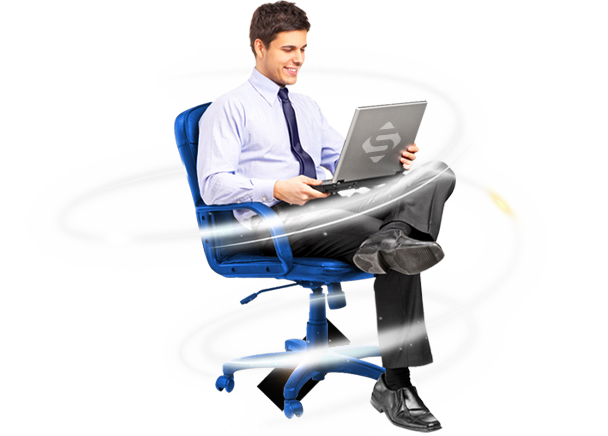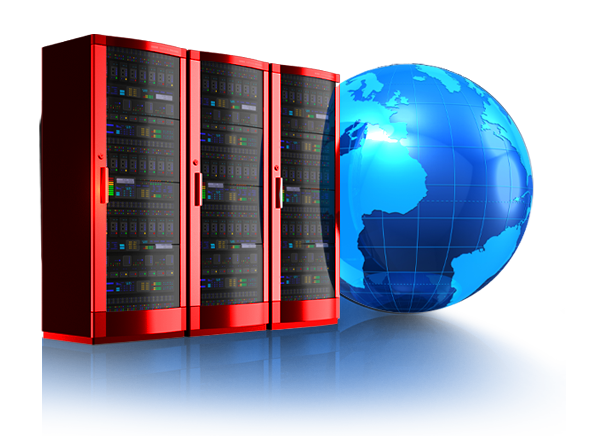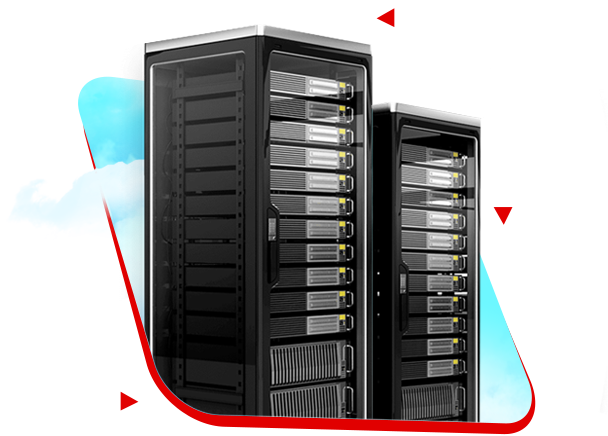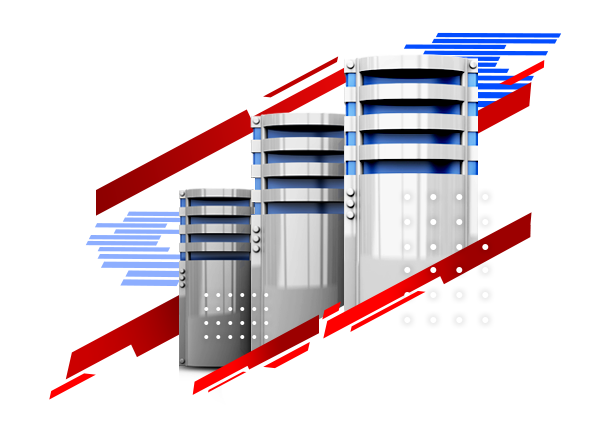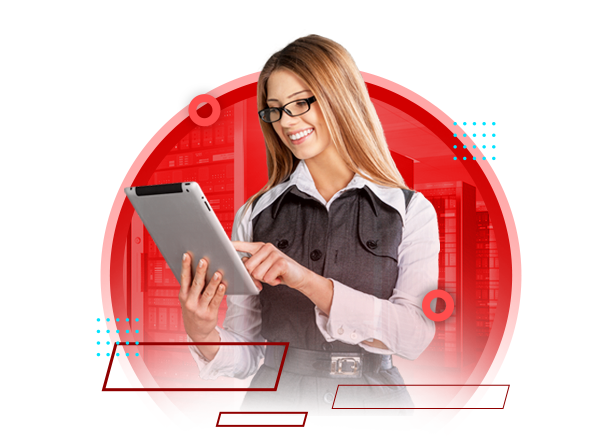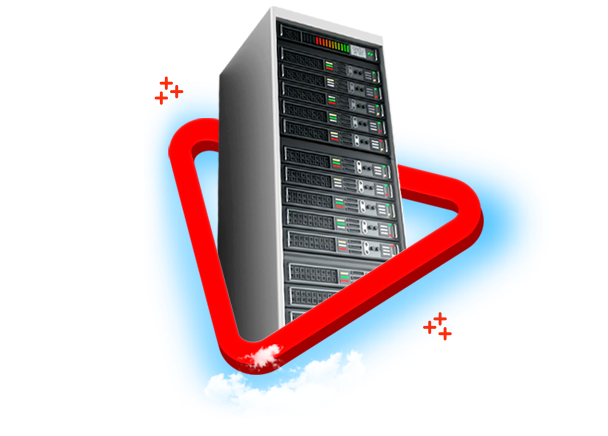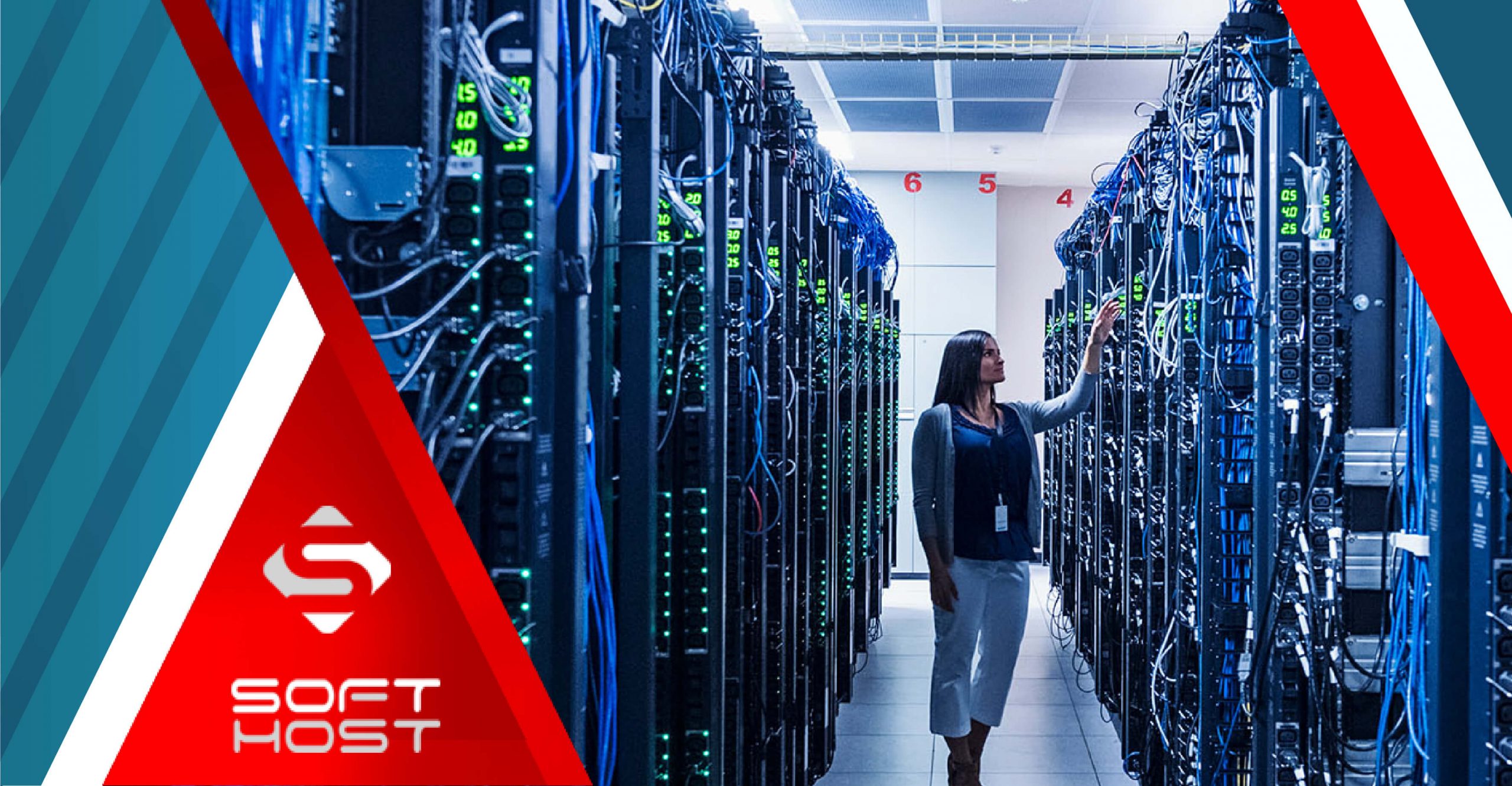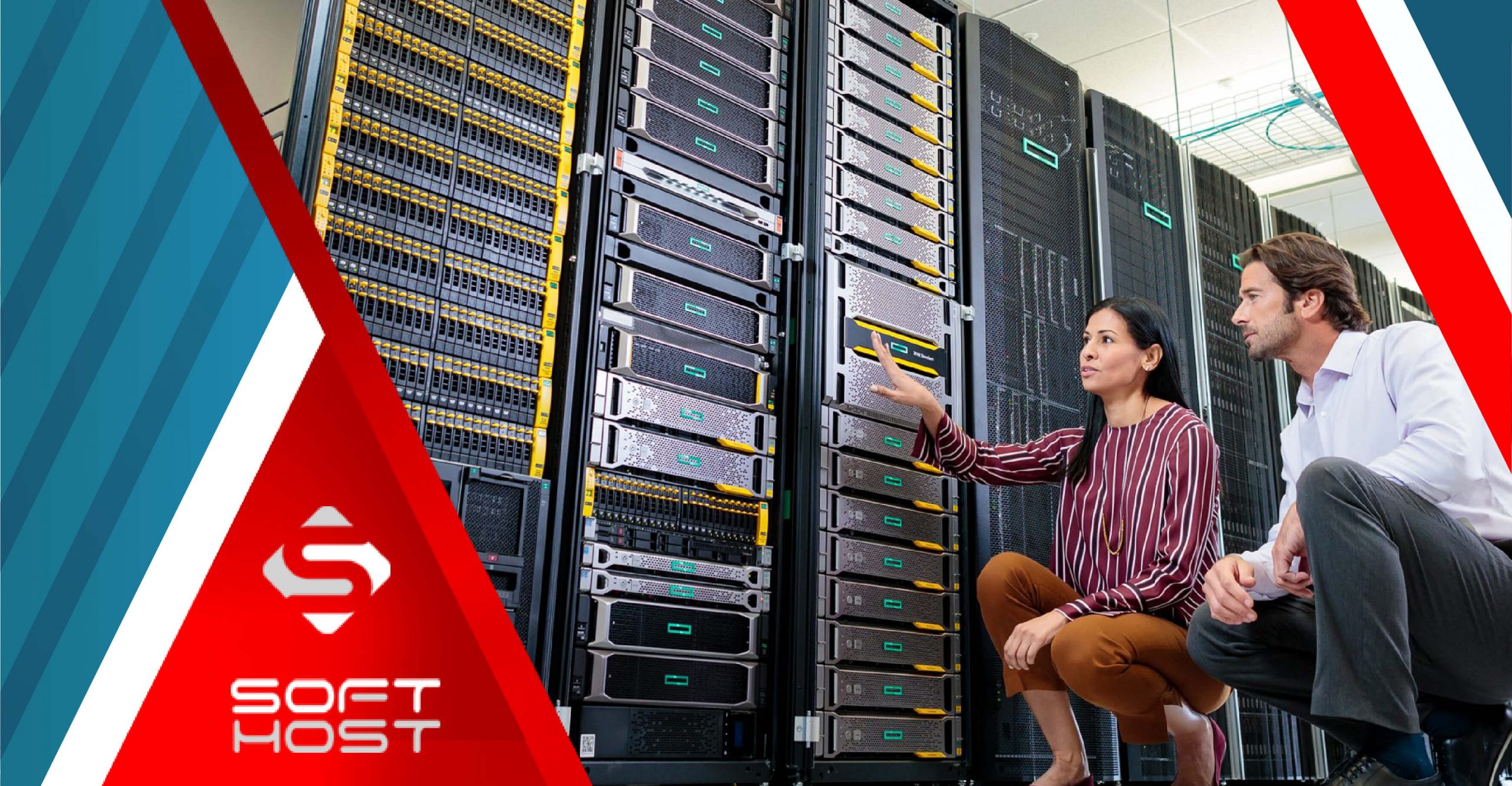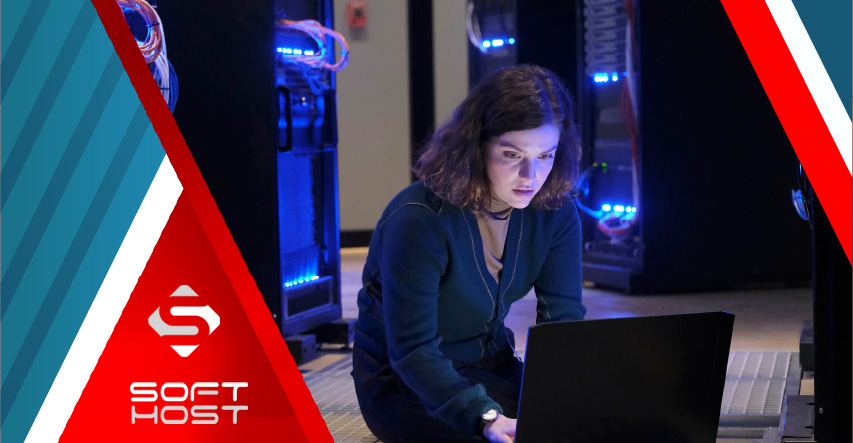
Software as a service is equivalent to Software as a Service, and instead of using this lengthy term, its abbreviation, SaaS, is often used. SaaS is a way to deliver applications over the Internet as a service. In simpler terms, instead of installing and maintaining the software, you will simply access it through the Internet and free yourself from software and hardware management.
In the following, we will examine the concept of SaaS, its architecture, history, advantages, disadvantages, famous examples, etc. Stay with us.
What is SaaS?
Table of Contents
In the simplest terms, SaaS allows users to connect to and use cloud-based applications over the Internet. SaaS applications are sometimes called web-based software, on-demand software, or hosted software. SaaS applications generally run on the SaaS Provider’s servers, and the SaaS provider manages things like security, availability, and performance.
Often you have to pay a subscription to use a SaaS program as an enterprise. In this way, your users usually connect to it through the Internet with a web browser. All underlying infrastructure, middleware, application software and application data reside in the service provider’s data center. The service provider manages the hardware and software and guarantees the availability and security of your application and data with a Service Agreement (SPA). SaaS allows your organization to get up and running quickly with minimal upfront cost.
History of SaaS
SaaS can trace its roots to a concept called time sharing that was developed in the late 1950s and early 1960s to make more cost-effective use of processor costs.
In the mid-90s, the Internet reached new horizons in terms of e-commerce exchanges. Then the growth of the Internet fueled the birth of the “online cloud”. The development of the Internet allowed organizations to access software from anywhere.
In 1999, Salesforce went all SaaS with the launch of its CRM platform. Salesforce quickly became the first superstar in the SaaS space thanks to its “No Software” inception.
Thanks to the multitenants architecture, one instance of the application can serve several users. Local installation of the software was no longer required. SaaS soon provided a way to collect, aggregate and centralize useful and valuable data.
So companies of all shapes and sizes—from fledgling startups to established industry giants including Microsoft—were eager to move toward it. At first, the world of enterprise software; Did not take SaaS seriously. But the past decade has seen rapid adoption of SaaS with a new set of businesses employing it. The adoption of cloud software is much faster than other sectors of cloud technology, such as PaaS and IaaS.
SaaS architecture
SaaS applications and services typically use a subscription-based approach, meaning that one instance of the SaaS application runs on hosted servers, and that single instance provides each customer with a shared cloud service with other customers. The program runs on the same version and configuration for all customers. Although different customers work in the same cloud instance with a common infrastructure and platform, the data of different customers is still separated.
The typical multitenant architecture of SaaS applications means that the cloud service provider can manage maintenance, updates and troubleshooting faster, easier and more efficiently. Instead of having to apply changes to multiple instances, engineers can make changes to all customers by maintaining a common instance.
In addition, multitenants allow a larger set of resources to be available to a larger group of people, without compromising critical cloud functions such as security, speed, and privacy.
If you’ve ever used a web-based email service like Outlook, Hotmail, or Yahoo, then you’ve already encountered some form of SaaS. By using these services, you enter your account through the internet and browser. The email software is located on the service provider’s network and your messages are also stored there. Therefore, you can access your e-mail and saved messages through a web browser with any computer or device connected to the Internet.
How does SaaS work?
SaaS works through a cloud delivery model. A software provider hosts the application and related data using its own servers, databases, network and computing resources. Another method of offering SaaS is as follows: an ISV contracts with a cloud service provider to host the application in the provider’s data center. This application will be accessible to any device that has a network connection. SaaS applications are usually accessible through web browsers.
As a result, companies that use SaaS applications do not have the responsibility of setting up and maintaining the software. Users only pay a subscription fee to access the complete and comprehensive software.
SaaS is closely related to ASP and on-demand computing software delivery models where the provider hosts the client’s software and delivers it over the Internet to identified end users.
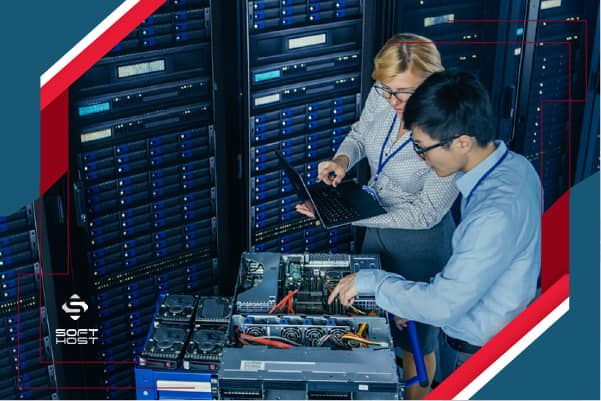
In the SaaS model, an on-demand software provider provides network-based access to a copy of an application created specifically for SaaS distribution. The source code of the application is the same for all customers, and when new features or functionality are released, they are released to all customers. Depending on the SLA, customer data for each model may be stored locally or in the cloud.
Organizations can integrate SaaS applications with other software using APIs. For example, a business can write its own software tools and use the SaaS provider’s APIs to integrate.
Advantages of software as a service (SaaS)
SaaS customers have no hardware or software to purchase, install, maintain or update. In fact, you only need to be connected to the Internet to access the programs, but SaaS has other advantages, which we mention here.
Easy customization
The ability of each user to easily customize applications in line with business processes without affecting the shared infrastructure is one of the advantages of SaaS. Due to the nature of the SaaS architecture, these customizations are unique to each company or user.
Therefore, SaaS applications are often customizable and can be integrated with other business applications (especially among applications from a common software provider). Users can often modify their personal workspace, such as a dashboard. Today, SaaS systems can be customized for each customer.
Better access
SaaS improves access to data from any networked system. While managing access levels makes it easier to monitor data usage. It also ensures that everyone connected to the network sees the same information at the same time.
Scalability
Cloud services such as SaaS offer high scalability. This feature allows customers to opt-in to a greater or lesser number of services or features; upon request; have access
Low cost
By providing software as a service, you save money because the cost of the SaaS service automatically increases and decreases according to the level of use. This, which is done based on the preparation of the plan from the user’s side, will reduce and manage your costs.
SaaS capabilities
Provide complex programs
You do not need to purchase, install, update or maintain hardware, middleware or software to provide SaaS applications to users. SaaS even makes the provision of complex enterprise applications such as ERP and CRM cost-effective for organizations that do not have the resources to purchase, deploy and manage the required infrastructure and software.
Equipping the workforce
SaaS makes it easy to equip your workforce. Because users can access SaaS applications and data from any computer or mobile device connected to the Internet. You don’t need to worry about developing programs because these things are already taken care of. In addition, you do not need to have special expertise to manage security issues. The service provider guarantees the security of your data regardless of the type of user device.
Team access at any time
With data stored in the cloud, users can access their data from any computer or mobile phone connected to the Internet. On the other hand, when application data is stored in the cloud, no data is lost if the user’s computer or device crashes.
SaaS eliminates the need for organizations to install and run applications on computers or in their data centers. This eliminates the costs of purchasing, providing, and maintaining hardware, as well as software licensing, installation, and support.
Flexible plans
Instead of buying software to install, or additional hardware to support it, customers choose a SaaS offering plan. Choosing monthly or annual subscription plans allows many businesses to budget better and more predictably. Also, users can terminate the use of the desired SaaS at any time.
Automatic updates
Instead of buying new software, customers can rely on their SaaS provider to make updates automatically! In fact, they automatically update SaaS themselves. This effectively reduces the workload of the IT staff of a company.
Challenges and risks of SaaS
SaaS also brings some potential risks and challenges. Because businesses must rely on vendors to provide software, keep the software running, and track and report accurate billing. They must also provide a secure environment for business data.
Problems beyond the customer’s control may arise when providers experience service disruptions. This can have a profound impact on a user’s ability to use SaaS. To mitigate these issues in the first place, customers should understand their SaaS provider’s SLA and make sure it is enforced.
Disadvantages of SaaS
Since data is stored on external servers, companies must be sure that their data is secure and cannot be accessed by unauthorized parties.
On the other hand, slow internet connections can slow down performance, especially if you are accessing a remote cloud server. Internal networks are usually faster than Internet connections. In general, the disadvantages that can be considered include the following:
- Increased security risks (because security is largely dependent on the SaaS Provider)
- Lower speed (of course, it has the same speed as the Internet, bandwidth and other parameters)
- Loss of control (you do not have control over issues such as security issues on the SaaS side)
SaaS security and privacy
Cloud security is often cited as a major challenge for SaaS applications. The cybersecurity risks of software as a service are different from traditional software. In traditional software, the software vendor is responsible for eliminating code-based vulnerabilities, and the user is responsible for running the software in a secure infrastructure and network. As a result, security is mostly the responsibility of the user and the hosting company.
Despite the community’s rapid adoption of cloud-based models for end-to-end software products, organizations still have concerns about the security and privacy of SaaS products. These concerns include:
- Identity and Access Management (IAM)
- security monitoring;
- Poor integration into company-specific security environments;
- data privacy;
What are the Internet and OS limitations for SaaS?
The main disadvantage of SaaS is that it relies on a good internet connection. While many believe that in-house systems are more reliable, no system is completely immune to failure. On-site software is subject to power outages, hardware failure, and a wide range of other risks. As a workaround, some SaaS providers have developed “offline” functionality that allows people to continue working when the Internet is down. When the connection is established again, all the data entered offline will be synchronized with the system.
Beyond internet connectivity, some buyers are concerned about compatibility with different operating systems. It’s unlikely that you’ll need to consider operating system compatibility – most are delivered via a web browser and are completely operating system agnostic. Finally, you may need to download another browser that works best for your SaaS system.
SaaS pricing
In general, using a SaaS product is more cost-effective than enterprise software, because it is not necessary to set up and install it on hardware. SaaS providers typically use subscription-based pricing models for customers.
For example, some services may be free for users, but have in-app ads. In this model, there’s usually an option to upgrade to a paid plan that doesn’t include annoying ads.
For example, customers have access to the full set of software features by paying a fixed monthly or annual subscription fee. There are other payment models based on the financial strategy of the SaaS provider.
Examples of SaaS
Google Docs
One of the simplest real-life SaaS examples is Google Docs, Google’s free online word processor. To use Google Docs, all you have to do is log in to a web browser for instant access. Google Docs allows you to write, edit and even collaborate with others wherever you are. Google Docs was launched in October 2012.
Dropbox
Dropbox is another simple example of SaaS in real life. Dropbox is a cloud storage service. Dropbox allows businesses to store and share files and data. For example, users can back up photos, videos, and other files and sync them to the cloud. Also, access them from any device, regardless of location. Dropbox was founded in 2007.
last word
SaaS is a cloud-based software delivery model where the cloud provider develops and maintains cloud application software. On the other hand, it provides automatic software updates and makes the software available to its customers through the Internet. They manage all traditional hardware and software, including middleware, application software, and security. Therefore, SaaS customers will have a significant reduction in their costs.
The cloud-based model is now so common that more than 60% of software seekers only want web-based products. Less than 2% of them specifically request internal software.
Along with IaaS and PaaS, SaaS is one of the three main categories of cloud computing. A range of IT professionals, business and casual users use SaaS applications. Examples of this can be seen in entertainment (such as Netflix) and advanced IT tools. Unlike IaaS and PaaS, SaaS products are often marketed to B2B and B2C users.
CATEGORY:Blog
